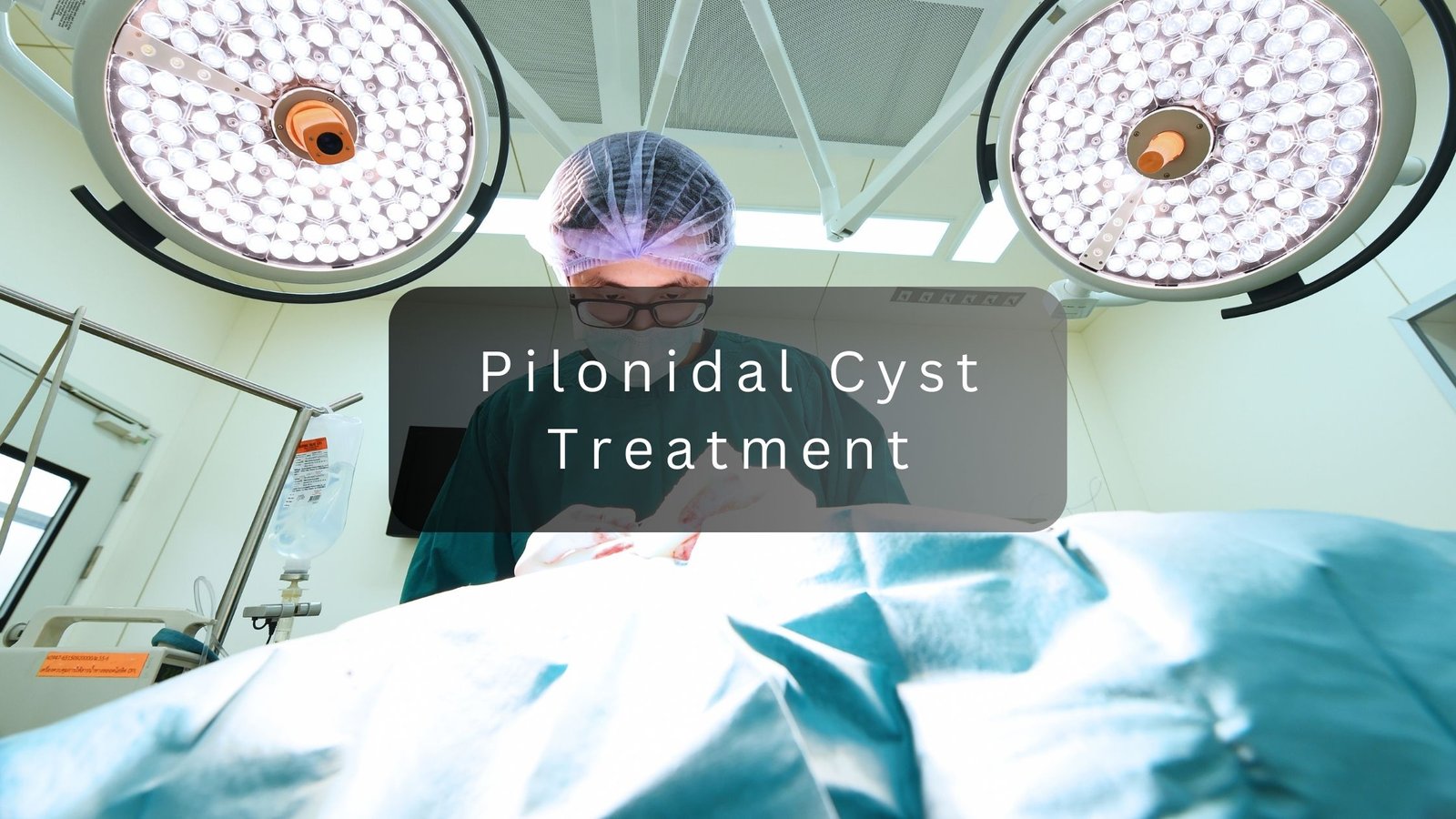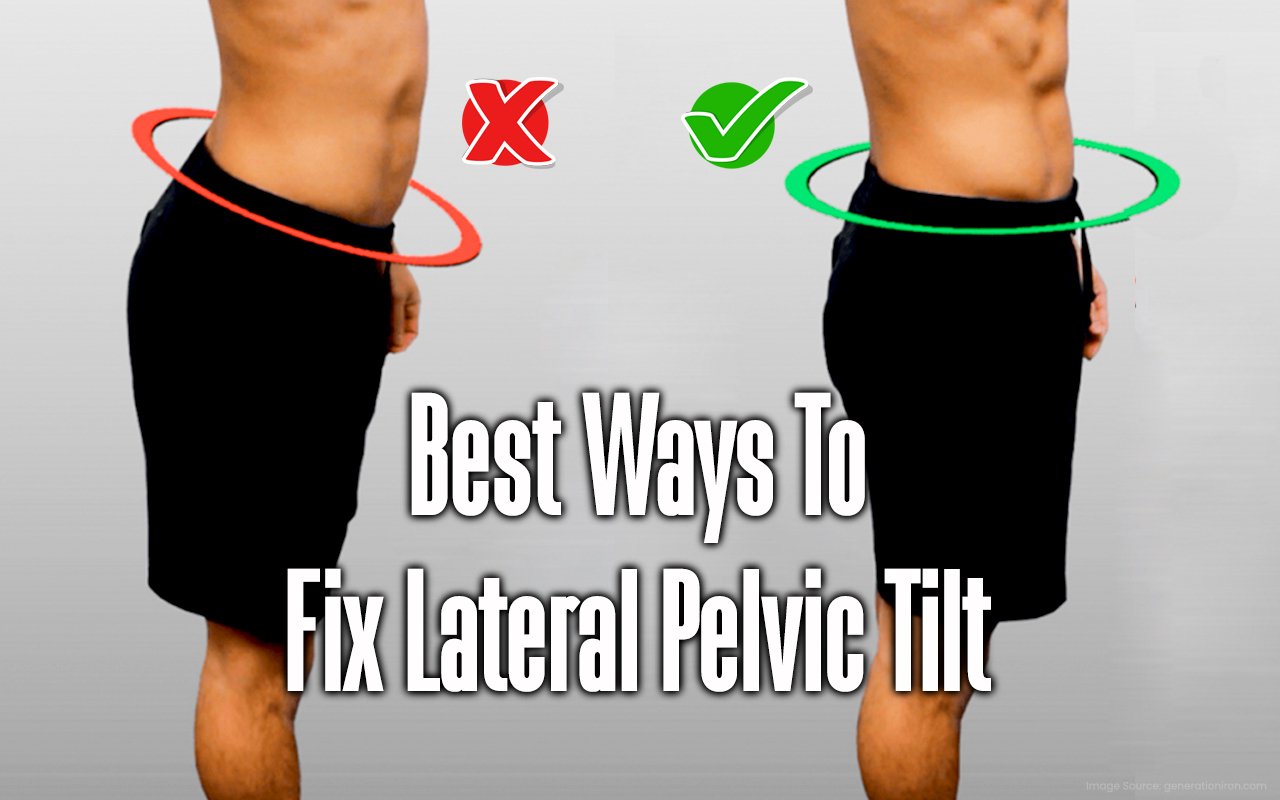A pilonidal cyst generally papers near the coccyx on the top of the buttocks. It occurs when hair follicles become trapped under the pores and skin, causing a painful abscess. While some pilonidal cysts may also resolve on their own, others may become inflamed, requiring more extensive care.
The good news is that there are several pilonidal cyst treatment methods available, tailored to your exact situation. Let’s find out what you can expect during the process, from your first visit to full recovery.
Initial diagnosis: Getting the right treatment plan
The first step is a proper analysis. During your visit, we will verify the severity of your situation and pay attention to whether your cyst is infected, infected, or oozing pus. If you are dealing with acute contamination, immediate drainage is likely required to relieve your discomfort.
At this point we will talk about your treatment alternatives. The method of treatment of a pilonidal cyst will depend on the type of disease, whether it is uncomplicated or recurrent and on the patient’s overall status. The problem is attended to, the easier it is to ensure effective treatment.
Non-surgical treatment of pilonidal cysts
For those we prefer the non- surgical approaches the following are some conservative approaches to reduce infection and prevent recurrence:
1. Antibiotics: When an infection is detected, we may prescribe antibiotics to eliminate the offending organisms. Still, antibiotics cannot cure the cyst, and those may only be used for symptom relief for a short duration in treatment.
2. Cyst Drainage: In the quite large, painful and disturbing cases a cyst may be drained through a small incision in the skin for the purpose of relieving pain. This technique is simple and can be done many times at the office. However, just drainage will not stop the cyst from coming back.
It is important to keep the affected area easy and avoid sitting for long intervals at some stage during this time to sell the restoration. You can also take steps to reduce the risk of recurrence at home, which include regular hair removal around the cyst and maintaining good hygiene.

Surgical treatment for pilonidal cyst: When needed
If you have experienced common cysts or if the condition is severe, surgical treatment may be a satisfactory long-term answer. We understand that surgery may sound daunting, but it is often important for those dealing with persistent pilonidal cysts. The bright side is that surgical procedures nowadays are characterized by minimal invasion which leads to an excessive rate of success and shorter recovery periods.
1. Incision and Drainage (I&D): This is the very last uncommon measure for treating a pilonidal cyst and entails making a small cut in the skin to eliminate its contents. We can additionally percentage the wound to make sure it heals from the inside out. The majority of individuals are able to return to their homes on the same day and continue their regular sporting activities after a few days.
2. Cyst excision: In some cases that are more advanced, challenges removal complete of cysts and also the cyst walls may be necessary. This procedure is made to prevent you from developing such detrimental cysts. In addition, a complete excision may take some time to heal, however it greatly minimises the chances of the same condition arising again.
3. Treatment with Laser: Modern procedures for the management of pilonidal cyst disease have included the use of lasers that can evaporate the cyst and associated tissues, with an improved cosmetic outcome and shorter sick leave duration compared to surgery. This treatment is less invasive and shows promise in stopping cysts from coming back.
Regardless of the system, our goal is to help you recover quickly and easily while minimising the chance of recurrence.
Recovery and aftercare
Once your pilonidal cyst treatments process is complete, we will offer you a comprehensive healing plan. Here’s what you can count on:
1. Wound care: Whether your cyst has been drained or excised, it is important to keep the wound smooth and dry. You will learn how to change the dressings and look for signs of infection like redness or swelling.
2. Pain management: Some soreness is expected in the post-surgery phase, Meanwhile, we will ensure a sufficient supply of pain relief and means to reduce the pain to the least as possible. For example, if you have a large enough supply of medications, general medications available without a prescription will be enough too.
3. Follow-up appointments: If everything is to be okay, you need to be present for follow-up appointments as well to ensure that it healing properly. During these visits, we will test the wound, review the recovery process, and make any major adjustments to your care plan.
Relapse Prevention: Your Long-Term Plan
After your treatment pilonidal cysts, prevention of recurrence is essential. While no treatment is guaranteed to absolutely save you from future cysts, there are steps you can take to reduce your chances of a recurrence:
1. Depilation: Regular removal of hair from the affected area is one of the best preventive measures. Shaving, laser hair removal, or using depilatory creams can help prevent clogging of hair pores.
2. Hygiene: Keeping the area easy and dry is essential. Make sure you scrub regularly and don’t avoid sitting for long periods of time which could cause inflammation.
Achieving and sustaining an ideal weight: Keeping fit can lessen the load on the lower back and buttocks, decreasing the risk of formation of cysts.
In Conclusion
Your adventure with pilonidal cysts doesn’t have to be overwhelming. With the right care, your recovery can be easy and recurrences can be minimised. We’re here to guide you every step of the way, presenting compassionate care and up-to-date remedial alternatives that work for you. If you follow our advice and practise preventative behaviour, you’ll give yourself a nice risk for a cyst-free destiny. Starting off, we would like to remind you that if you would want to begin the process of healing, rest assured that help is available. Get in touch with us these days to book an appointment and take the first step towards addressing the pain.



